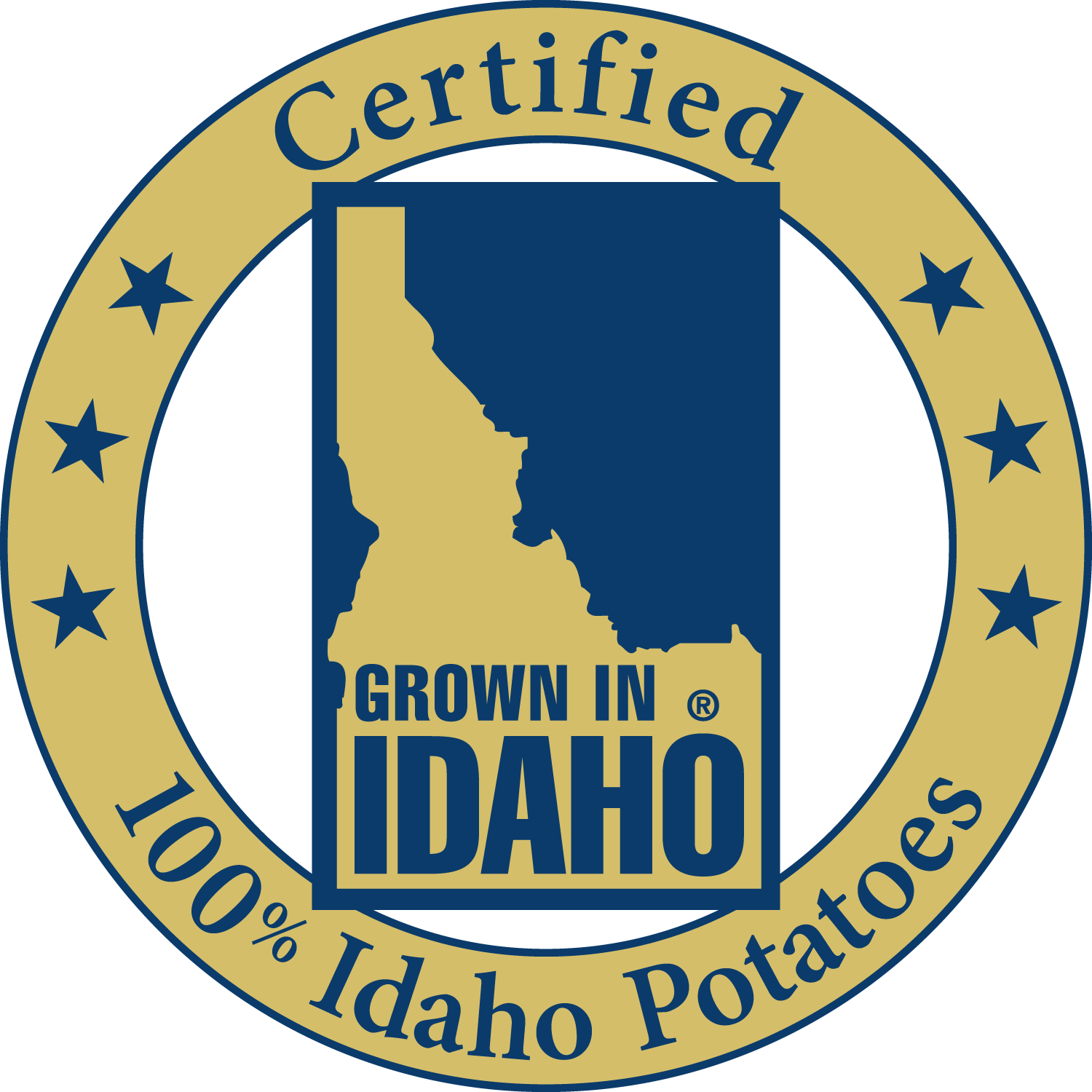Popular Tags
Ask Dr. Potato
With 938 posts, chances are there's already an answer to your question. Please try searching below before submitting a question to Dr. Potato. Use multiple words to help narrow down the results. For example, search for "potatoes" and "group" if looking for an answer on cooking potatoes for large groups.
Q&A: How to Make Perfect French Fries
Greetings, I operate a small but very high volume Hot Dog restaurant in Chicago, IL called Devil Dawgs. We serve the finest all beef, natural casing Hot Dogs in the country and my desire is to serve the finest French Fries in the world. We make our fries from Idaho, number 1, russet potatoes, #70 count. We bring the potatoes in, wash every potato, leave them unpeeled, cut into 3/8" fries, soak them for a minimum of 60 minutes in cold water (allowing the starch to settle), then rinse them and blanche them in "Miniat Brand All Fry" (an ultra pasteurized and highly finished Beef Tallow product) for 9 minutes at 275 degrees Fahrenheit. We then allow them to cool to room temperature after which we tub them and refrigerate them for 24 - 30 hours before finish frying them for 2 minutes and 45 seconds at 350 degrees Fahrenheit, again in "Miniat All Fry" after which we salt and serve. We cook every order "to order" and never hold our fries in a warmer. Our customers tell us often that these fries are the best they have ever eaten...but I believe they can be better. Any suggestions?
I have actually heard about your operation from several different sources and have it on my list to visit when I get to Chicago. Your goal is a similar one to what Chili’s, Houston’s, Outback, Wingstop, Five Guys, Steak Escape, Charley’s Steakery and others have sought to do over the years. Chili’s switched over to frozen fries after growing to about 150 units in 1990, Outback with over 800 units continued to serve fresh made hand cut fries up until 2009 when they finally succumbed to using a more consistent frozen fry product which they source from Lamb Weston.
The steps you have outlined seem right on target. Sometimes the best way to analyze what you could do better is to look at each step in its entirety but also to observe how it is put into use by your staff, especially during the rush periods when soggy fries can suddenly get served.
Normally I mention the positive steps first, but you are already doing quite a bit of these. Using No.1 potatoes is a little more expensive some years but the pricing is pretty close right now. No. 2’s will cook up the same as No.1 potatoes, but because of the accepted defects allowable to be a No. 2 they can deteriorate a little quicker, often have labor costs in trimming off discoloration and the shapes are not as consistent an oval profile so yields can be less efficient. Using a 70 count will give you good length.
Cooking every order to order is so smart; I wish other operators would figure this out. Customers don’t mind waiting for fries if they are hot and crisp when they get them.
So look out for the following five steps which can make homemade fries not turn out as perfect as you would like:
- Specify a high solids russet from Idaho, such as the russet Burbank.
- Check the accumulated sugar in the potatoes by sampling when they come in. A quick trick is to use a diabetic strip to see if the potatoes have been stored too cold, the strip will turn dark when placed against the flesh of a freshly cut potato. If it is too cold, you can re-condition them by storing at a higher temp for 4-7 days and the majority of the sugar will convert back to starch. If you occasionally have potatoes that cook up brown but are not done inside this usually is the cause.
- The number one thing to check when you cut the potatoes is the fry cutter blade. If it feels rough it means that instead of a clean cut you are feathering the potato and the small jagged surface can fracture the strips into smaller pieces when handled or shaken and you will end up with shorter fries (which means higher food cost because there is more surface area for the oil to be absorbed. Imagine if you never changed the blade on your #10 can cutter, eventually they stop working very well.
- The cutter I recommend costs about $300 and it is worth it versus the typical $75 to $150 ones. It is called a Keen Kutter and glides when cutting the potatoes instead of jerking. The blades also seem more resistant to wear.
- Your fryer needs to be efficient, most operators start out with a bargain brand and under heavy stress the fryer temps (called recovery time) just won’t keep up. An excellent web site on frying is www.fitfrying.com for tips on the fryer and oils used. When frying try this secret to insure the center of the fries get done as well as the outside fries…halfway through the final fry process give the basket a shake, just enough to redistribute the fries and any cooler surfaces that the oil has not reached will get warm and end up crispy.
I know I mentioned five steps, but there is one more I want you to observe when it is extra busy. Make sure the baskets don’t get overloaded when the orders stack up, putting a half full basket into the fryer will actually cook the fries faster than a full on as the full one drives down the oil temps. FYI, McDonalds built its reputation on French fries initially with fresh cut Idaho russet burbanks fried in beef tallow. It’s been probably twenty years since they switched over to a healthier (but not as tasty) vegetable fry oil.
Share This

Dr. Potato isn't a real doctor but a team of potato experts ready to answer all your potato questions.
Click here to submit »
Dr. Potato Categories
The Idaho Potato Commission
Established in 1937, the Idaho Potato Commission (IPC) is a state agency that is responsible for promoting and protecting the famous "Grown in Idaho®" seal, a federally registered trademark that assures consumers they are purchasing genuine, top-quality Idaho® potatoes. Idaho's ideal growing conditions, including rich, volcanic soil, climate and irrigation differentiate Idaho® potatoes from potatoes grown in other states.
Contact
661 South Rivershore Lane
Suite 230
EAGLE, ID 83616
Phone: 208-334-2350
Fax: 208-334-2274
More

